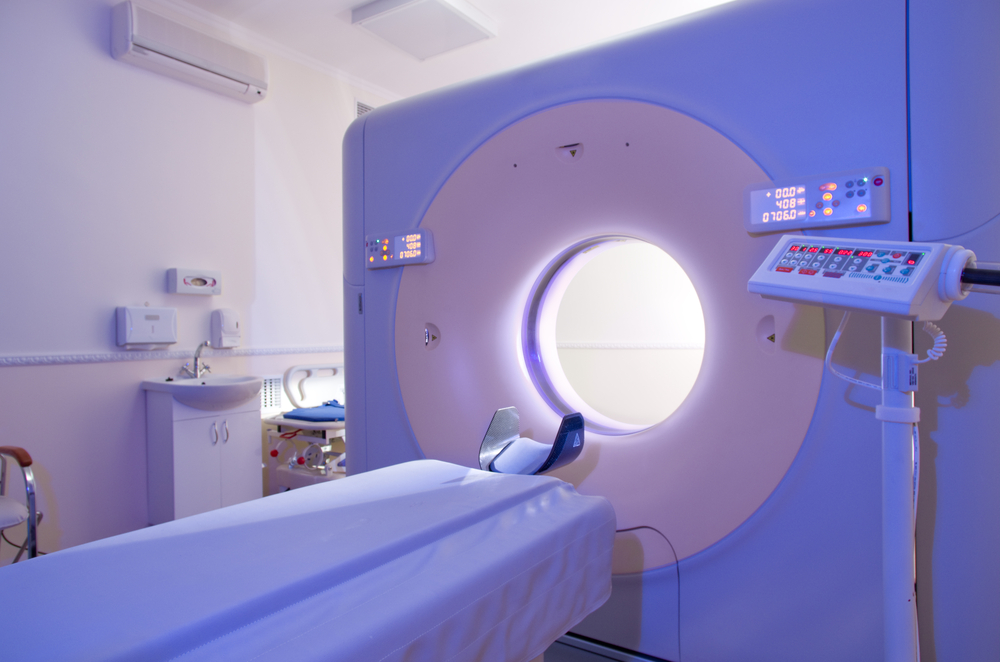Non-Hodgkin lymphoma (NHL) can range from easy to treat to very hard to treat as a consequence of very aggressive forms of the disease. For harder cases, post-treatment surveillance through molecular imaging could represent a new and life-saving approach to treatment. These are the latest conclusions of Johns Hopkins Medical Institutions’ researchers, presented during the 2015 Annual Meeting of the Society of Nuclear Medicine and Molecular Imaging (SNMMI).
NHL is the 5th most prevalent cancer in the United States, according to Mehdi Taghipour, lead author of the study. NHL patients are usually successfully treated with chemotherapy but in 20 to 50% of those with more aggressive types of lymphomas, there is an expected disease relapse within 3 years of treatment. Researches say that functional and structural imaging combined with positron emission tomography and computed tomography (PET/CT) might find a possible relapse in its earliest stages.
“A permanent cure may still be achieved using salvage chemotherapy, but early diagnosis of a relapse is essential. PET/CT imaging is superior to conventional imaging for NHL, but the role of post-treatment PET/CT has been controversial. Our study proves that 39 percent of follow-up PET/CT scans added clinical value, which represents a significant improvement in NHL patient care,” noted Dr.Taghipour.
The study integrated 560 PET/CT from 204 individuals; the images were collected a minimum of 6 months after the end of primary therapy and researchers noticed that the sensitivity of PET/CT to detect relapsed NHL was of 95.1 percent. The capacity of the scan to precisely determine the absence or presence of the disease was of 97.1 percent and 84.5 percent, respectively. Follow-up PET/CT using the commonly used imaging agent fluorodeoxyglucose (FDG) had an efficiency of 92.1 percent.
Following-up patients with PET/CT provided changes relative to patient managment in about 17 percent of scan times, with novel treatments starting after 15.7 percent of scan times. Over 69 percent of scans were performed without clinical suspicion of recurrence while 30.7 percent of scans were ordered due to suspected disease.
According to the American Cancer Society, this year, a total of 71,850 people will receive a NHL diagnosis and 19,790 people will die as a consequence of the disease.


